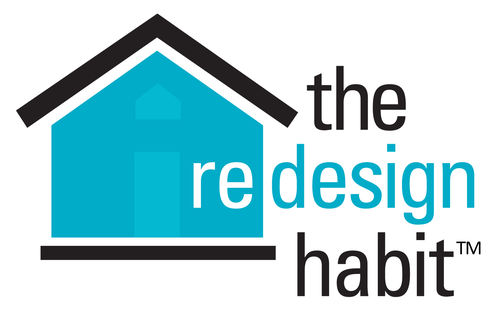Inspiration Boards… Why You Need One!
Does this sound familiar? You know you saw the perfect fabric for your primary bedroom makeover—in fact, you planned to base your entire color scheme on this fabric, but you can’t quite remember where you saw it or exactly what it looked like because you saw it three months ago when you were out running other errands and now that you’re ready for it: Poof! It’s gone. Well, I’ve got a solution for you. It’s an inspiration board and besides being fun, it can be a lifesaver when it comes to tackling bigger design and redesign projects.
Keep in mind that you can also do this digitally by creating your board in Pinterest or even in Paint. It’s really just whatever landing space you want to use to help you keep track of and sort through all your options as you plan out your projects.
The concept is simple. Before you move a muscle or buy a single item for your project, start an inspiration board. What’s that? It’s typically a sizeable piece of cardboard or foam core board you use to fasten anything that strikes your fancy that you might like to see in in your finished space. Here are some items your board might include:
Magazine pictures that show a particular style or piece of furniture you love
Paint, flooring, or fabric samples that combine to create a color and texture palette
A brochure from a home improvement store of the window treatment you want
Renderings to show your finished floor plan
The secret to success with an inspiration is to attach items whenever you see them, so your ideas don’t get lost. Starting out, I suggest using masking tape or painter’s tape to fasten your items. You’re just collecting possibilities at this point, so no ideas get lost. And don’t forget to write notes to yourself as to where you found the item you’re attaching. If you’re doing this digitally, be sure to start a document where you list out where you saw specific items and prices so that you have a good record to go on when it comes time to actually do your project.
When you’re ready to start your project, sort through your possibilities and fasten on items you truly want to use (you may want to do this on the back of your board so your B and C options will always be handy to review on the flip side). Digitally you may end up with three boards or however many different options you may be considering for your project. When your project actually begins, you will choose the board that you have decided on and this will be the blueprint for your project. Going through this process will serve several purposes:
You’ll make good decisions based on all the options you considered
You’ll have a preview of how all your elements will fit together in your space—before you buy 10 yards of some odd, patterned fabric you loved initially and grew to hate
You’ll stay on track—seeing each element and all of the elements together will help you organize a step-by-step work plan
You’ll be able to create an accurate budget estimate—don’t forget to use the principles of redesign: consider what you need to purchase new versus what could you make, reuse, recycle or find as a more unique piece in used condition
You can use your board to help you explain your plan to various workers who may be involved in your project. (Contractors, plumbers, electricians etc.)
Final tip…When you start out making your board, don’t hold back. Make everything just the way you would want it, as if you had an endless budget (we can dream, right?). Your inspiration board could help you make tradeoffs in your budget to get just what you want or motivate you to save extra money until you can afford that beautiful bed you want or the flooring you just can’t live without.
Now, what will you do next to love where you live?
Please feel free to reach out to us at The Redesign Habit and ask questions or simply share a project that you are working on or have completed.
For more great stories and ideas please follow us on Facebook, Instagram, and Twitter.



